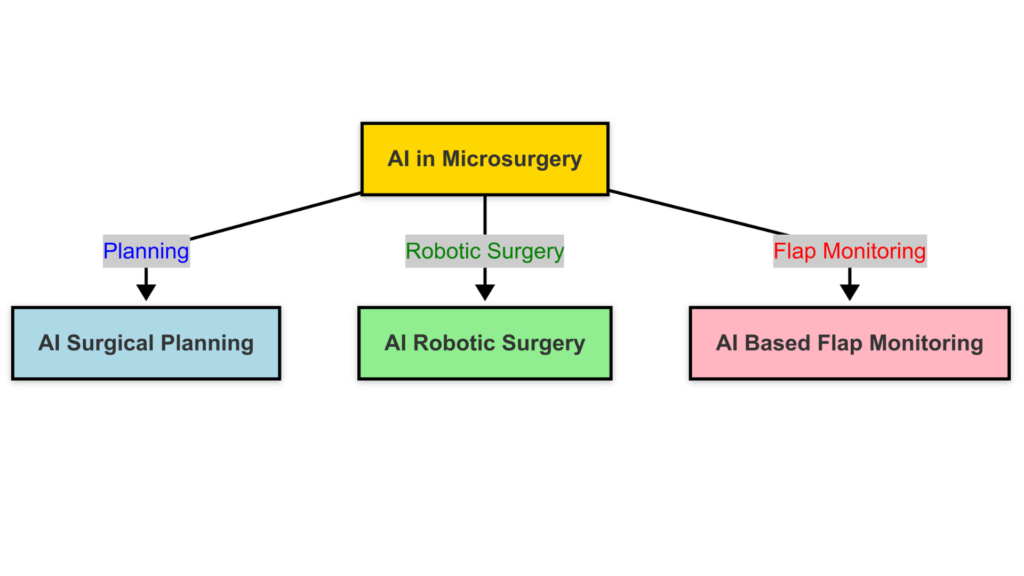AI in Microsurgery: A Promising but Underdeveloped Frontier

The integration of artificial intelligence (AI) in plastic surgery is a growing field, and its applications in microsurgery are particularly intriguing. A recent systematic review, Advancements in Microsurgery: A Comprehensive Systematic Review of Artificial Intelligence Applications, provides an in-depth analysis of how machine learning (ML) is shaping this subspecialty.
The review highlights the transformative potential of AI, with applications spanning from diagnostic precision to intraoperative robotic assistance and postoperative patient monitoring. AI’s ability to predict vascular compromise, assess surgical outcomes, and even assist in robotic microsurgical procedures is noteworthy. However, the study also sheds light on the numerous roadblocks preventing AI’s widespread implementation in real-world surgical practice.
One of the most significant findings is AI’s high accuracy in diagnosing vascular complications, a crucial factor in improving patient outcomes in microsurgery. However, despite promising results, only two studies had progressed beyond the early experimental phases, revealing a stark gap between AI development and its clinical application. A lack of standardized methodologies and inconsistent validation procedures are key barriers that prevent AI-driven tools from becoming mainstream in microsurgical practice.
The review also highlights the potential of robotic microsurgery, which, when combined with AI, could revolutionize the field. Currently, robotic systems are primarily surgeon-guided, but advances in AI suggest the possibility of autonomous microsurgical procedures in the future. The authors warn, however, that overreliance on AI may lead to a deskilling of human surgeons, necessitating careful oversight.
Another area of AI application is patient communication, where language models like ChatGPT have shown over 95% accuracy in answering patient queries related to microsurgical procedures. This indicates a significant opportunity to enhance patient education and preoperative counseling, particularly in remote and underserved regions.
Despite AI’s vast potential, the resistance to change in surgical practice and the lack of standardized protocols remain formidable obstacles. The authors stress the need for more robust clinical trials and regulatory frameworks to facilitate AI’s seamless integration into microsurgical workflows.
In conclusion, while AI in microsurgery is still in its infancy, this review underscores its exciting potential to enhance precision, efficiency, and patient outcomes. However, without addressing critical methodological and structural challenges, AI’s role in microsurgery may remain largely theoretical rather than a practical tool for daily surgical practice. The future of AI in microsurgery hinges not only on technological advancements but also on its responsible implementation in clinical settings.
References:
Savage, S. A., Seth, I., Angus, Z. G., & Rozen, W. M. (2025). Advancements in microsurgery: A comprehensive systematic review of artificial intelligence applications. Journal of Plastic, Reconstructive & Aesthetic Surgery, 101, 65–76. https://doi.org/10.1016/j.bjps.2024.11.023
Written by Dr Amborish Nath MCh Plastic Surgery (Professor) for Plastic Surgery Digest
